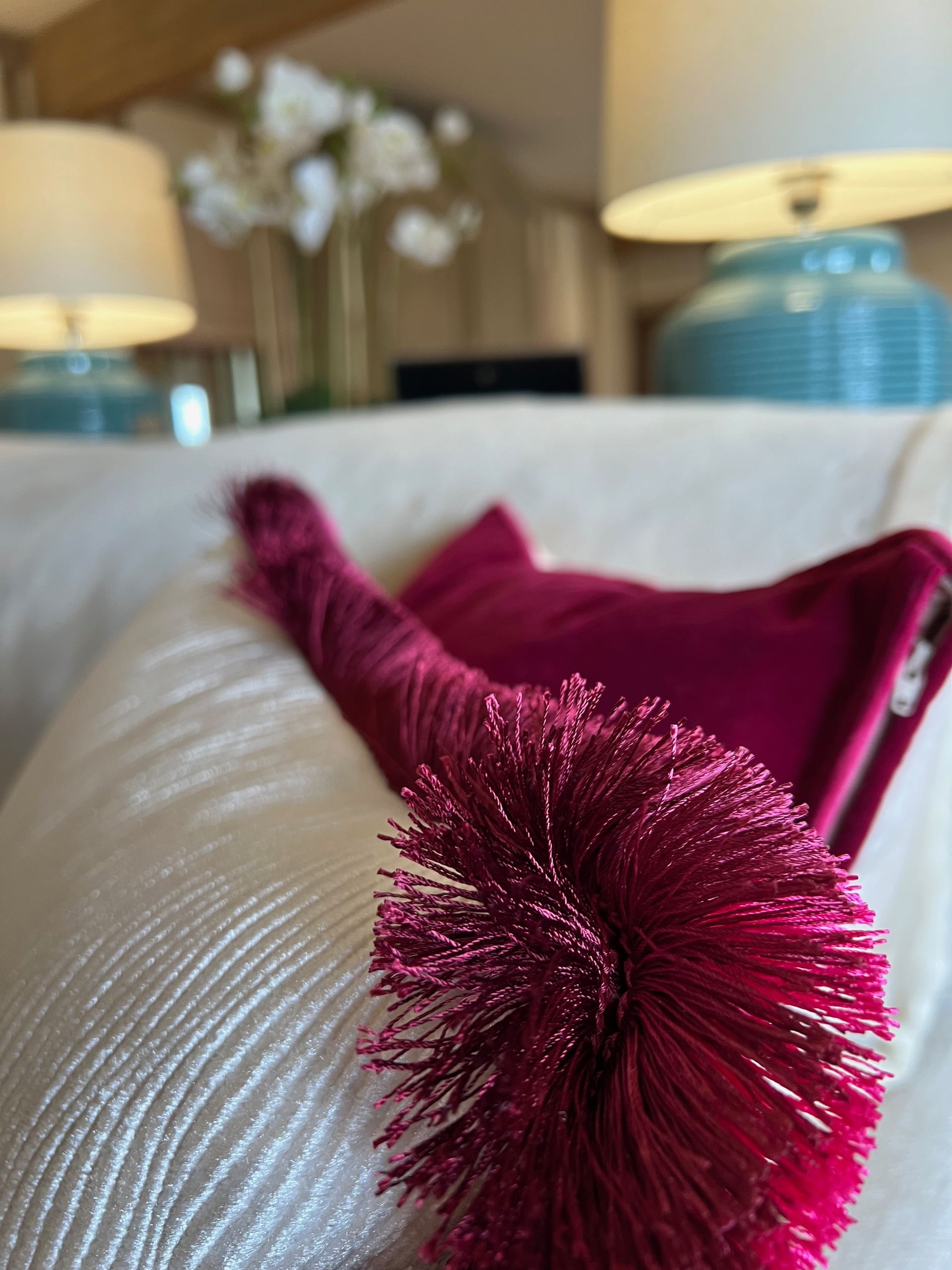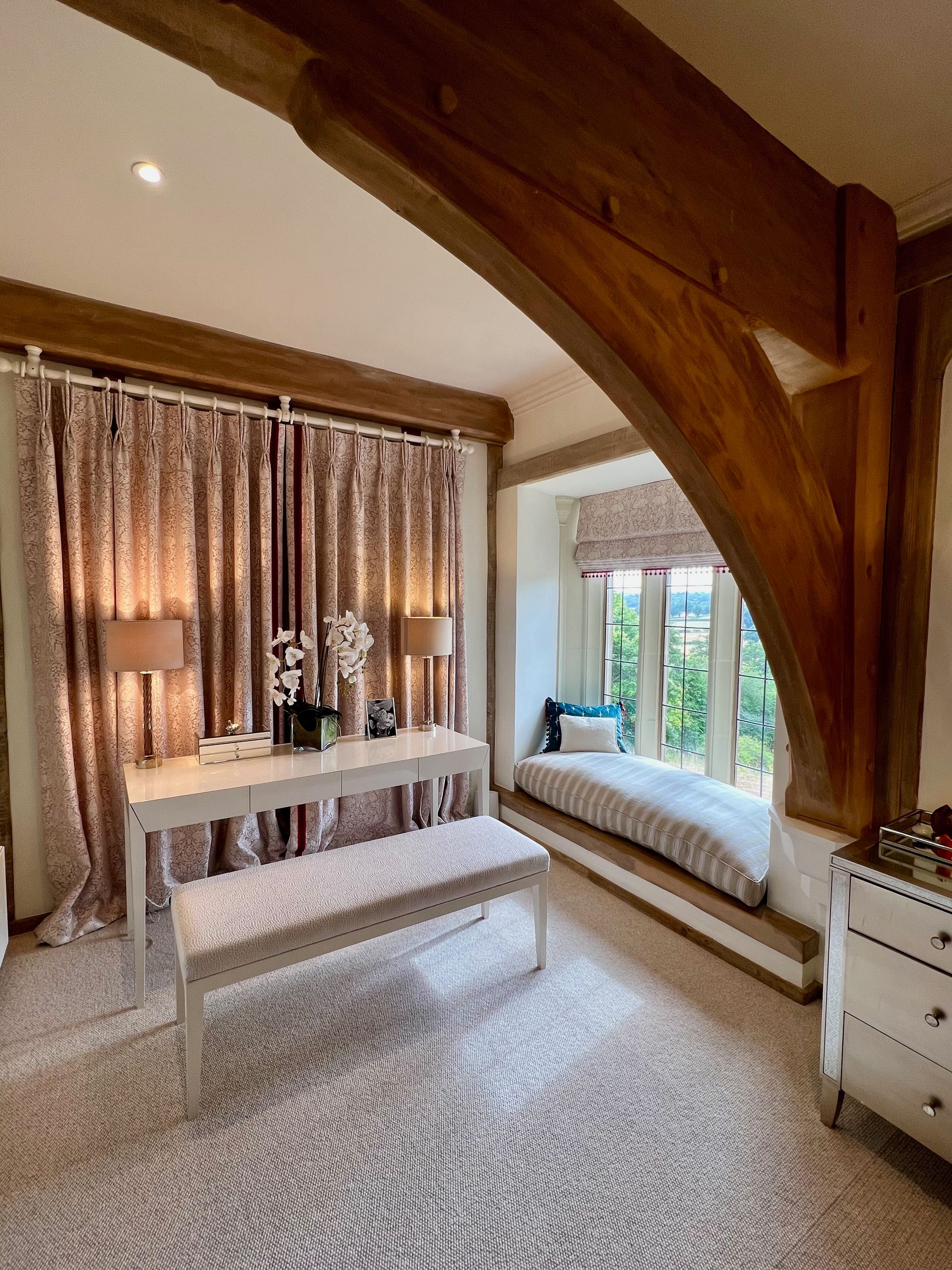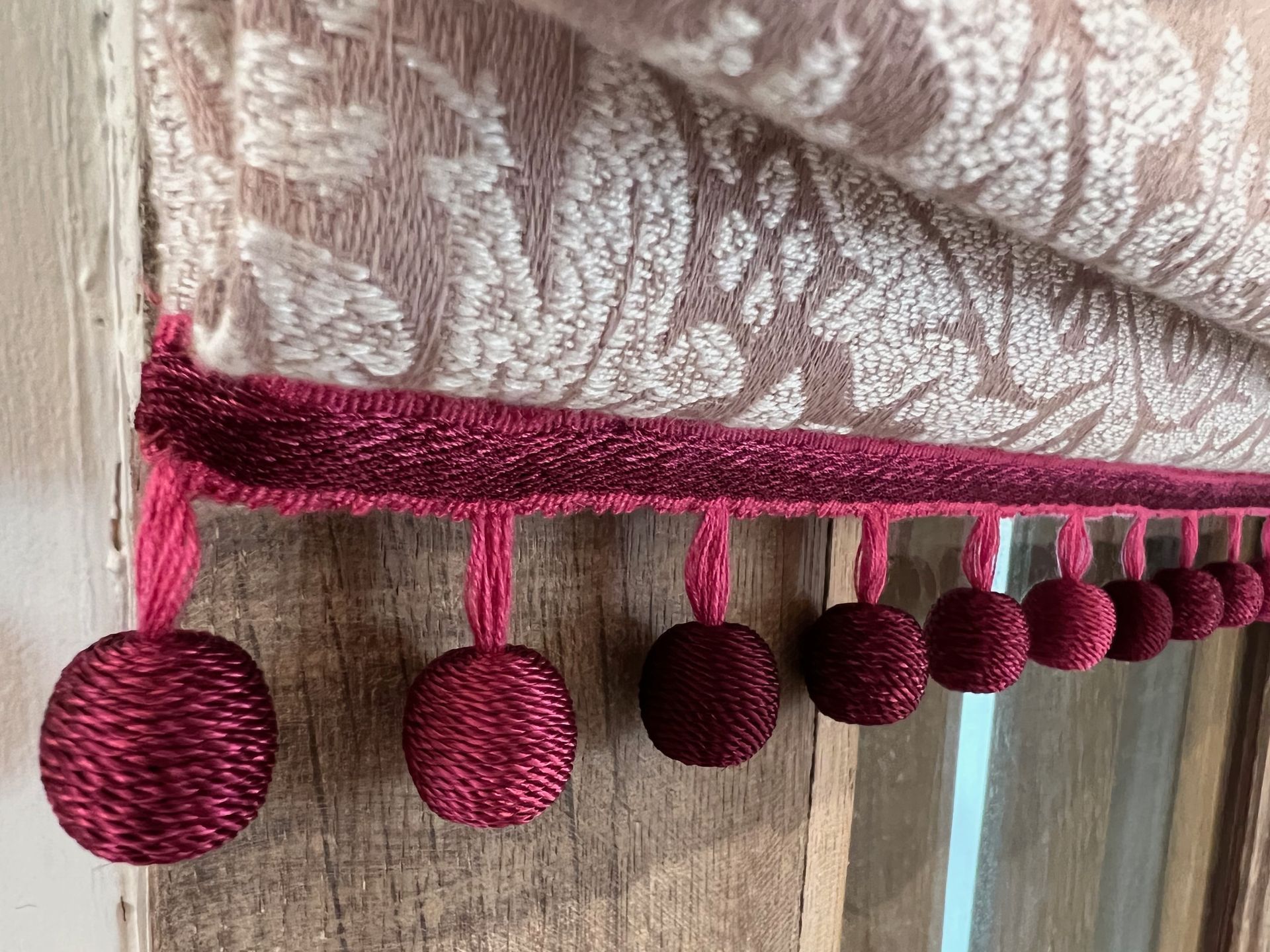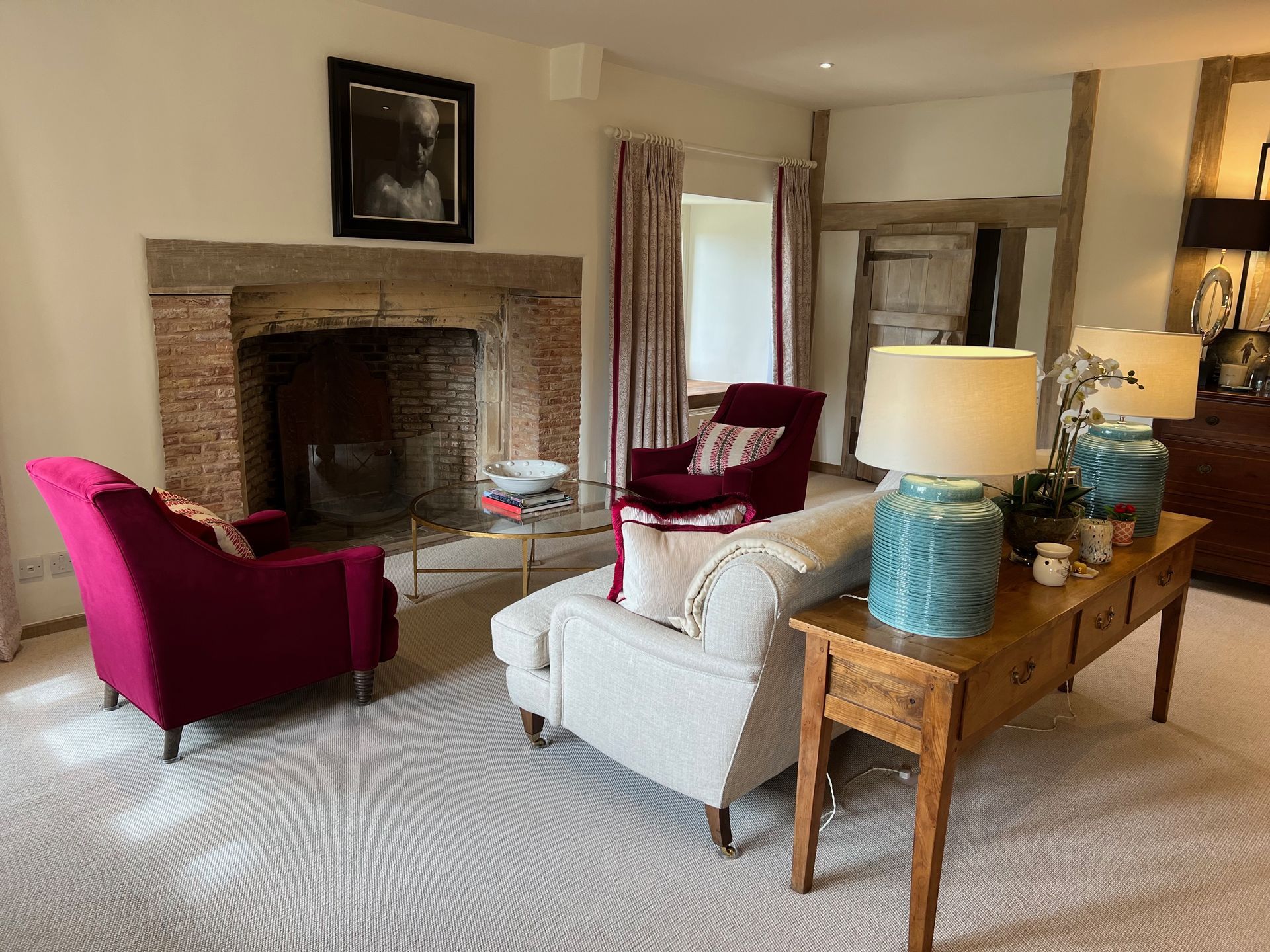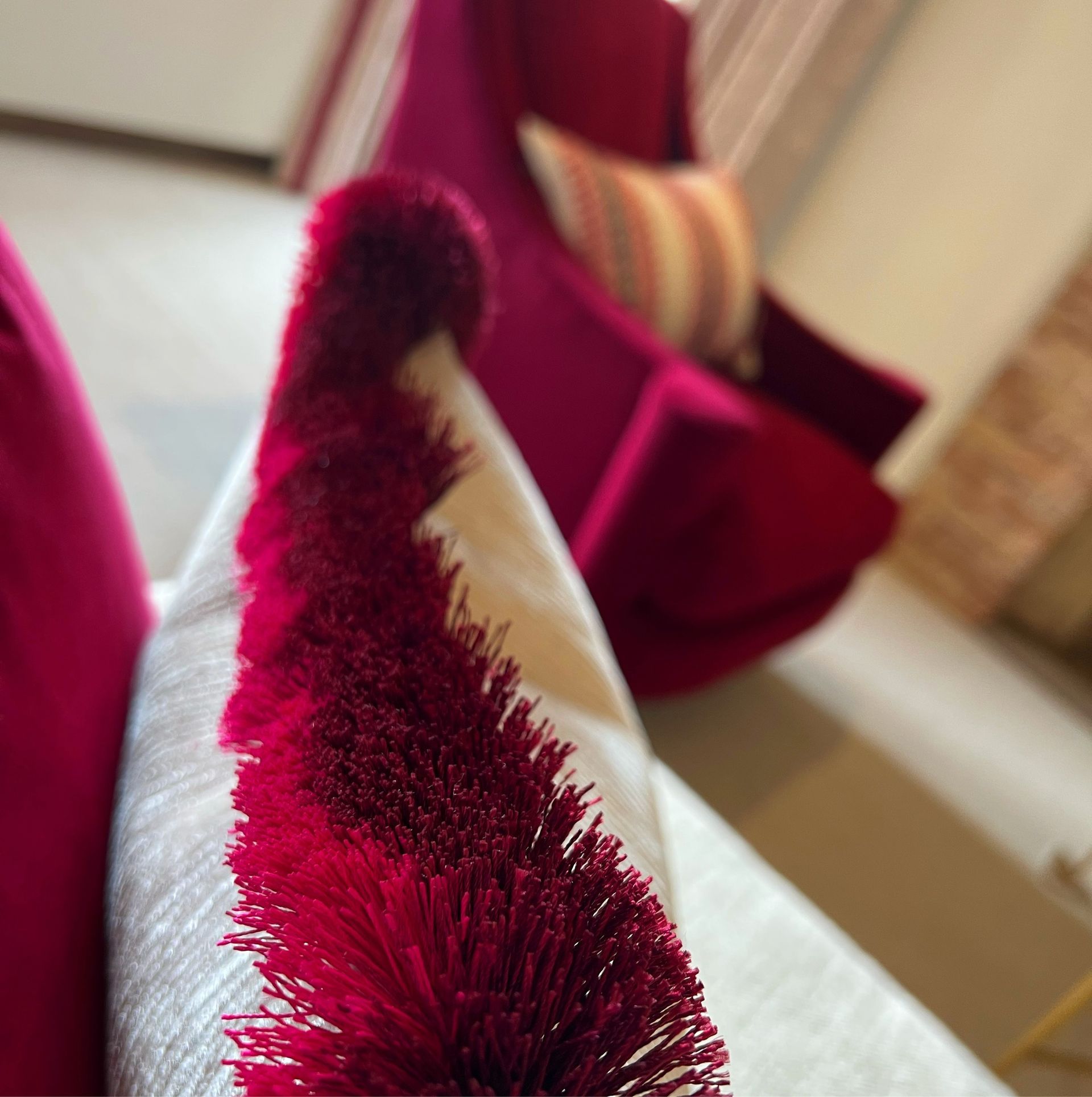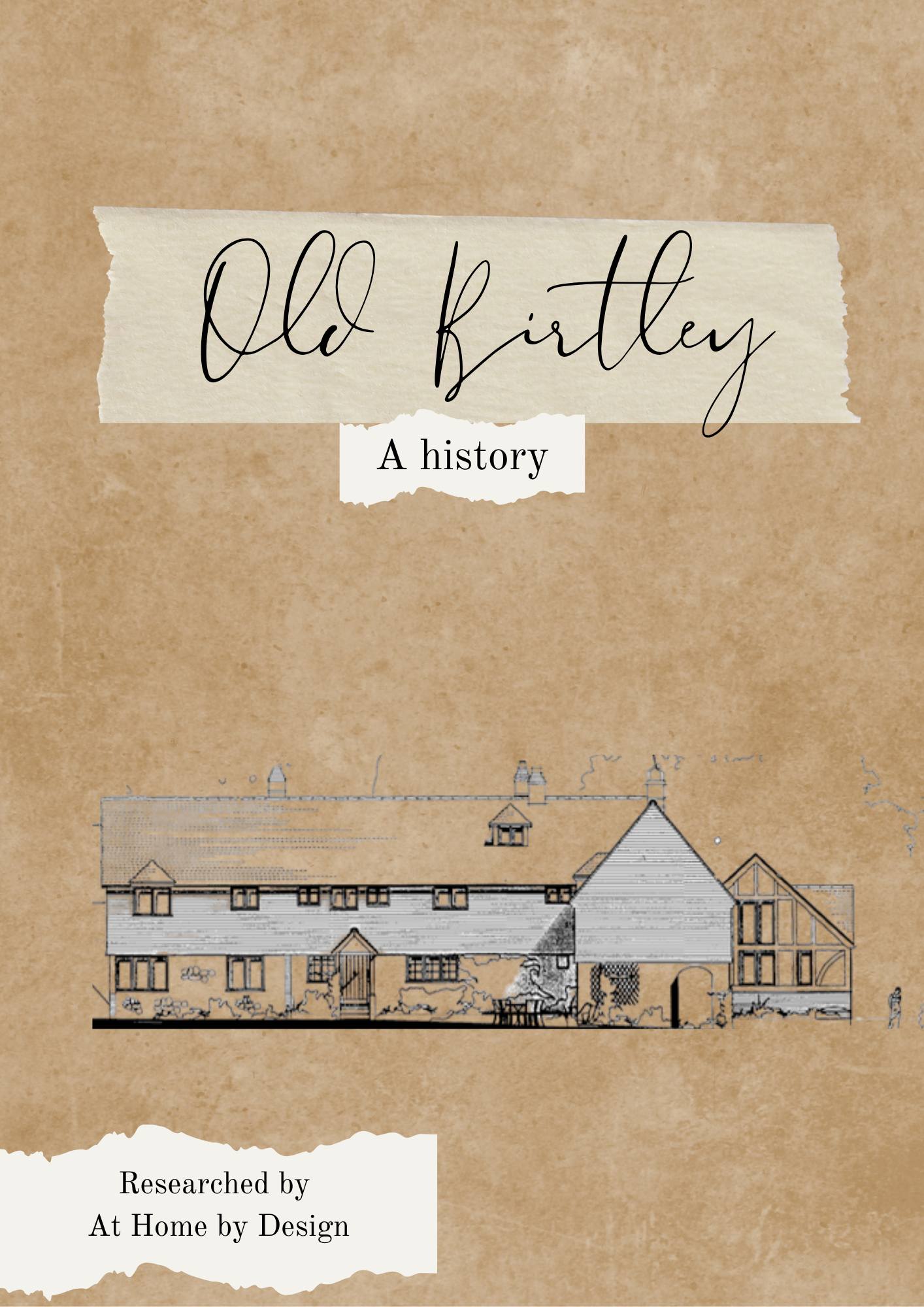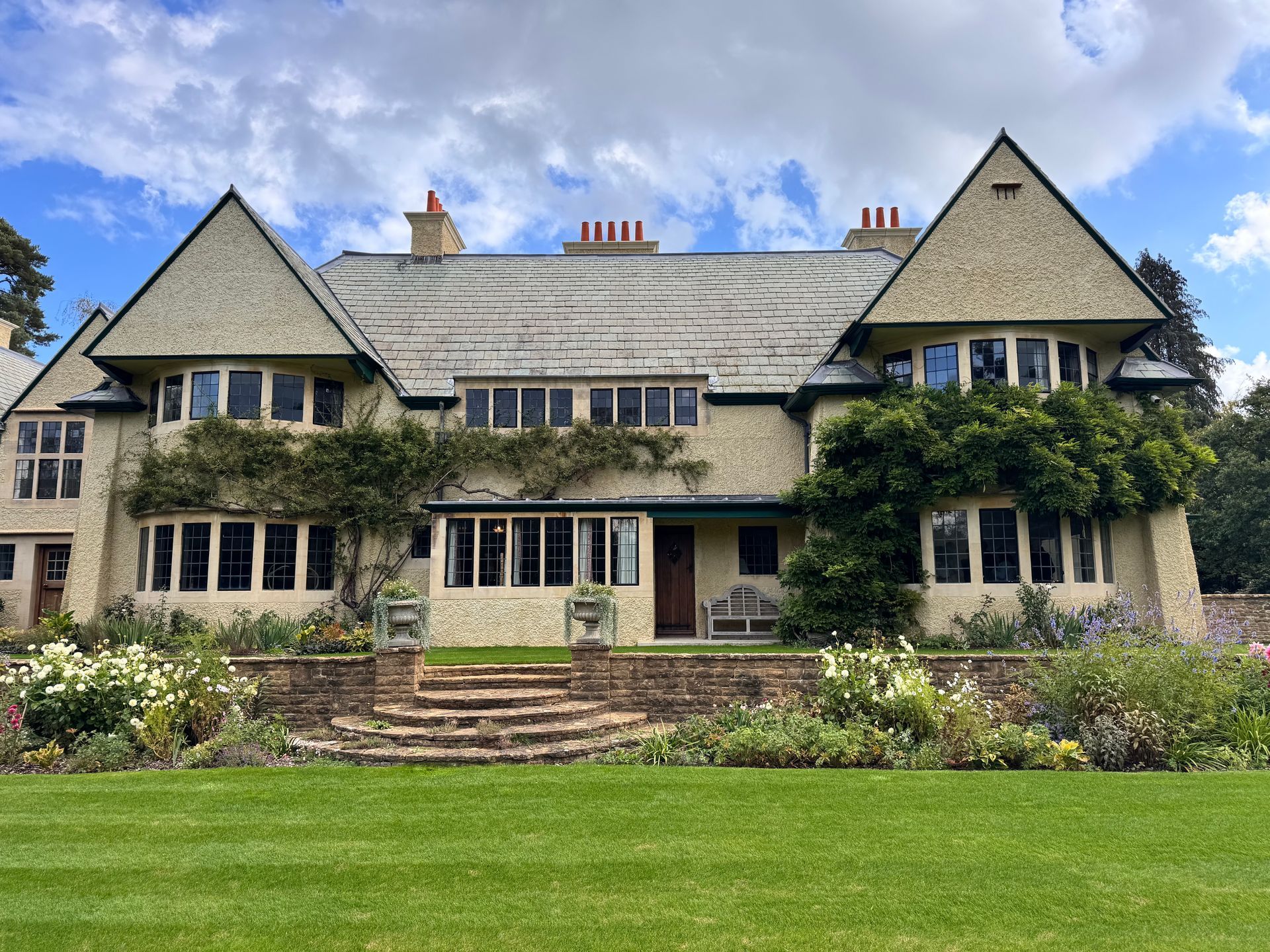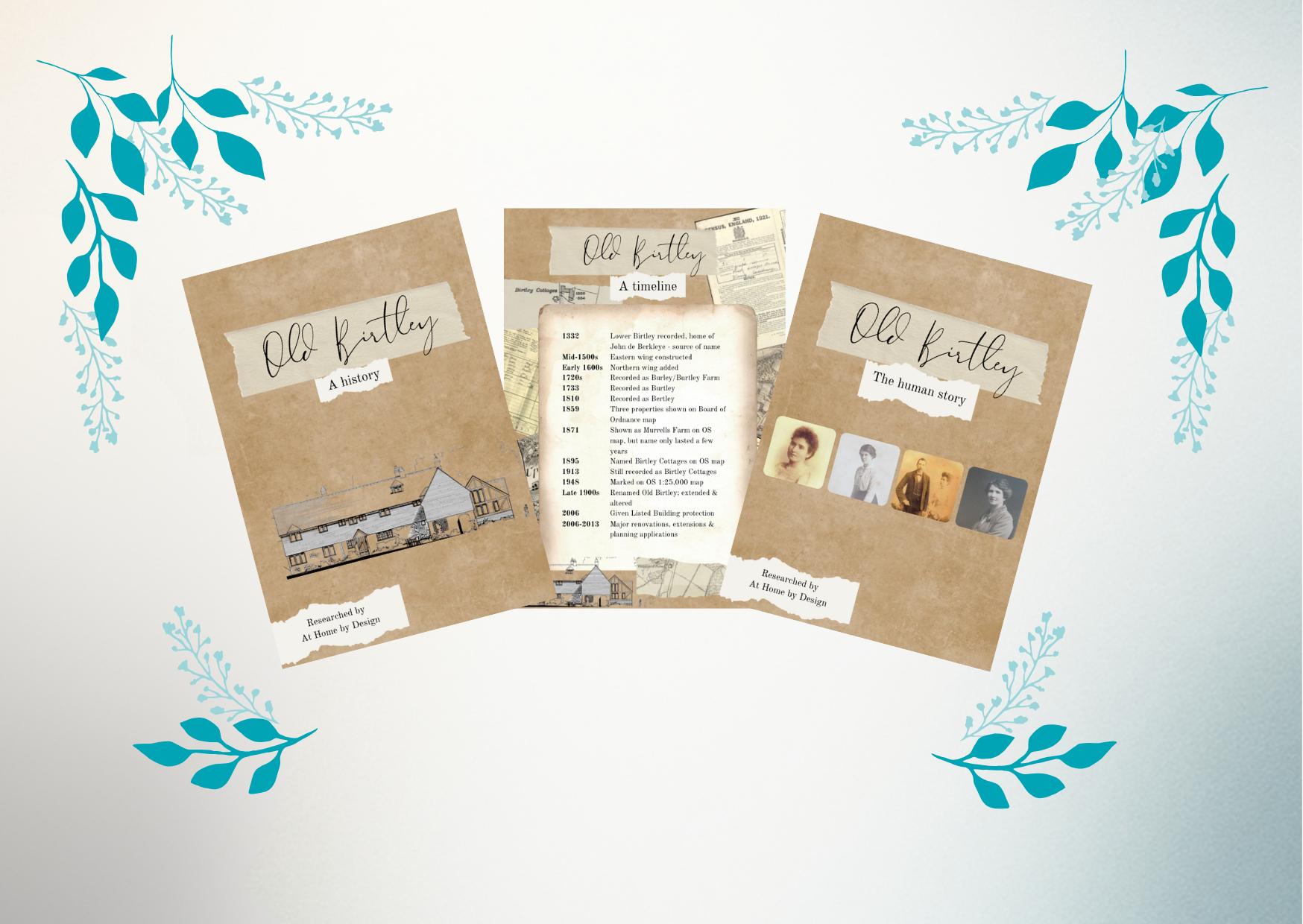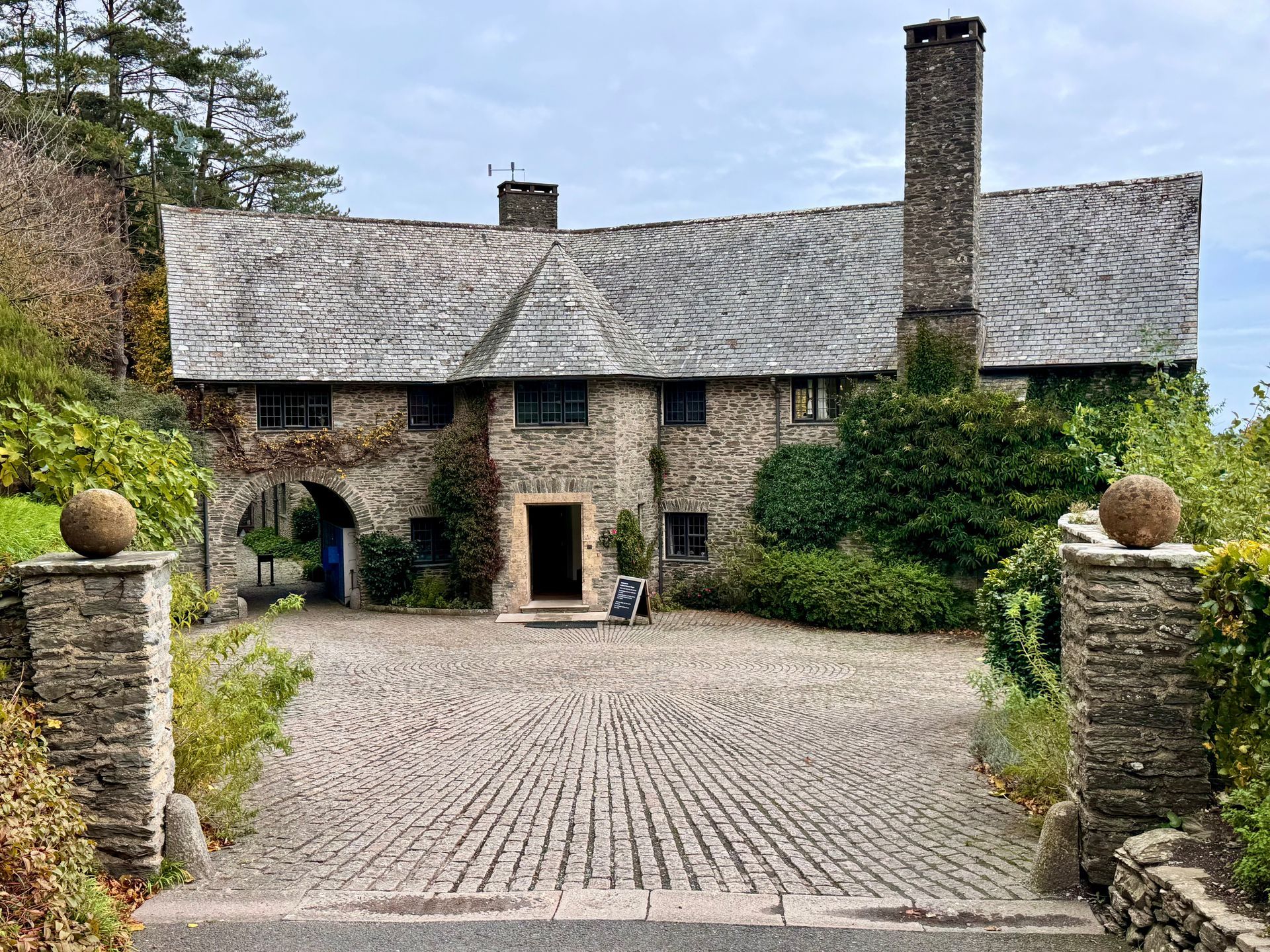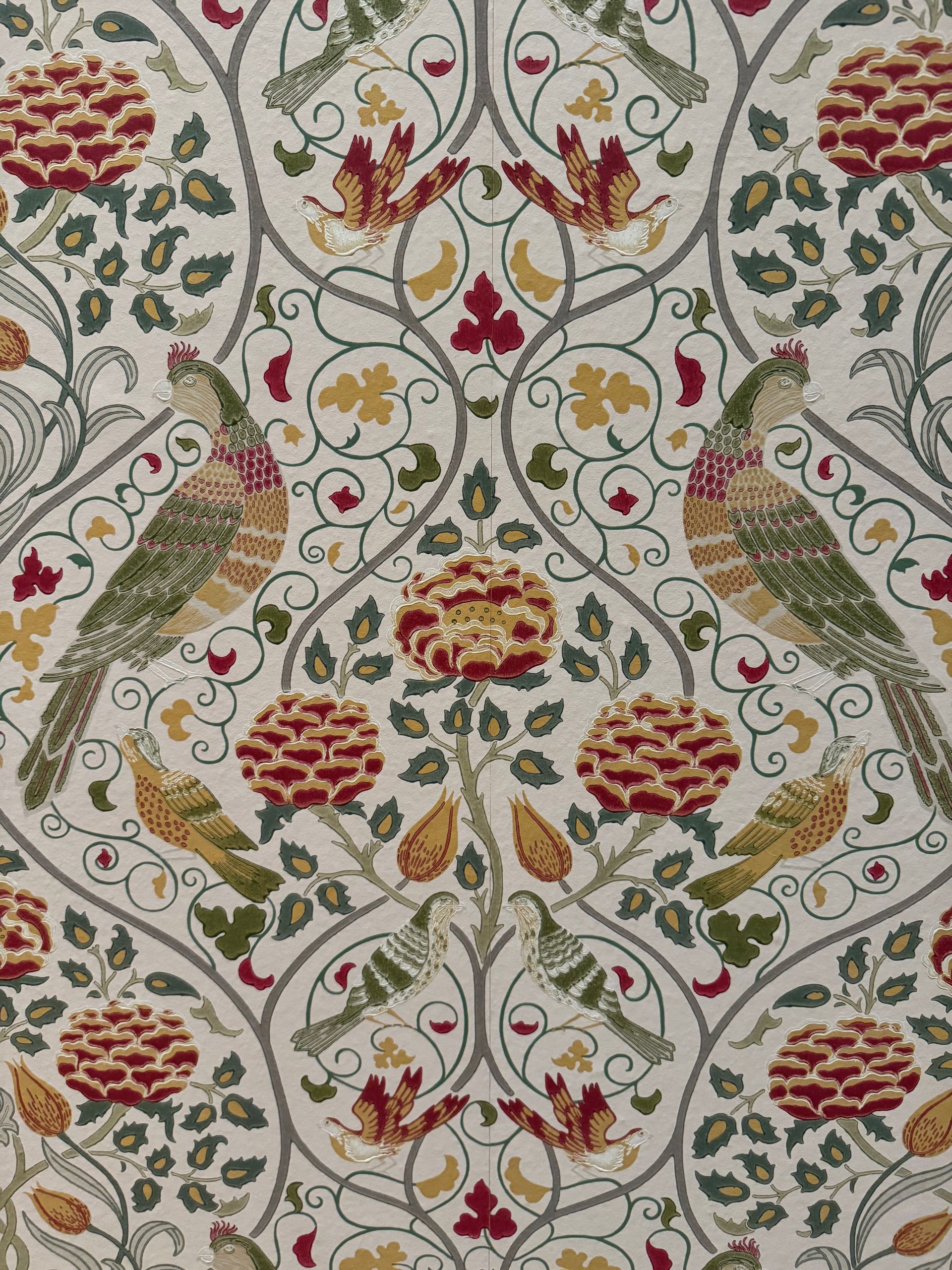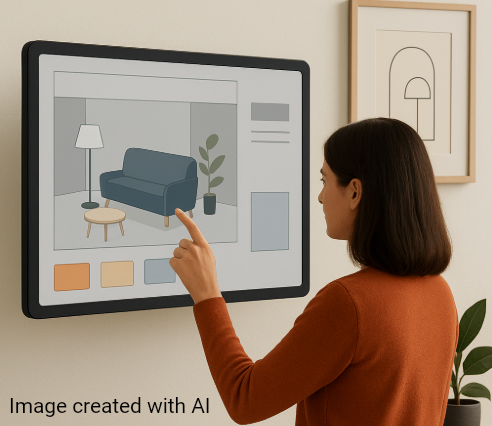Colour Psychology
Transforming your home and your mood
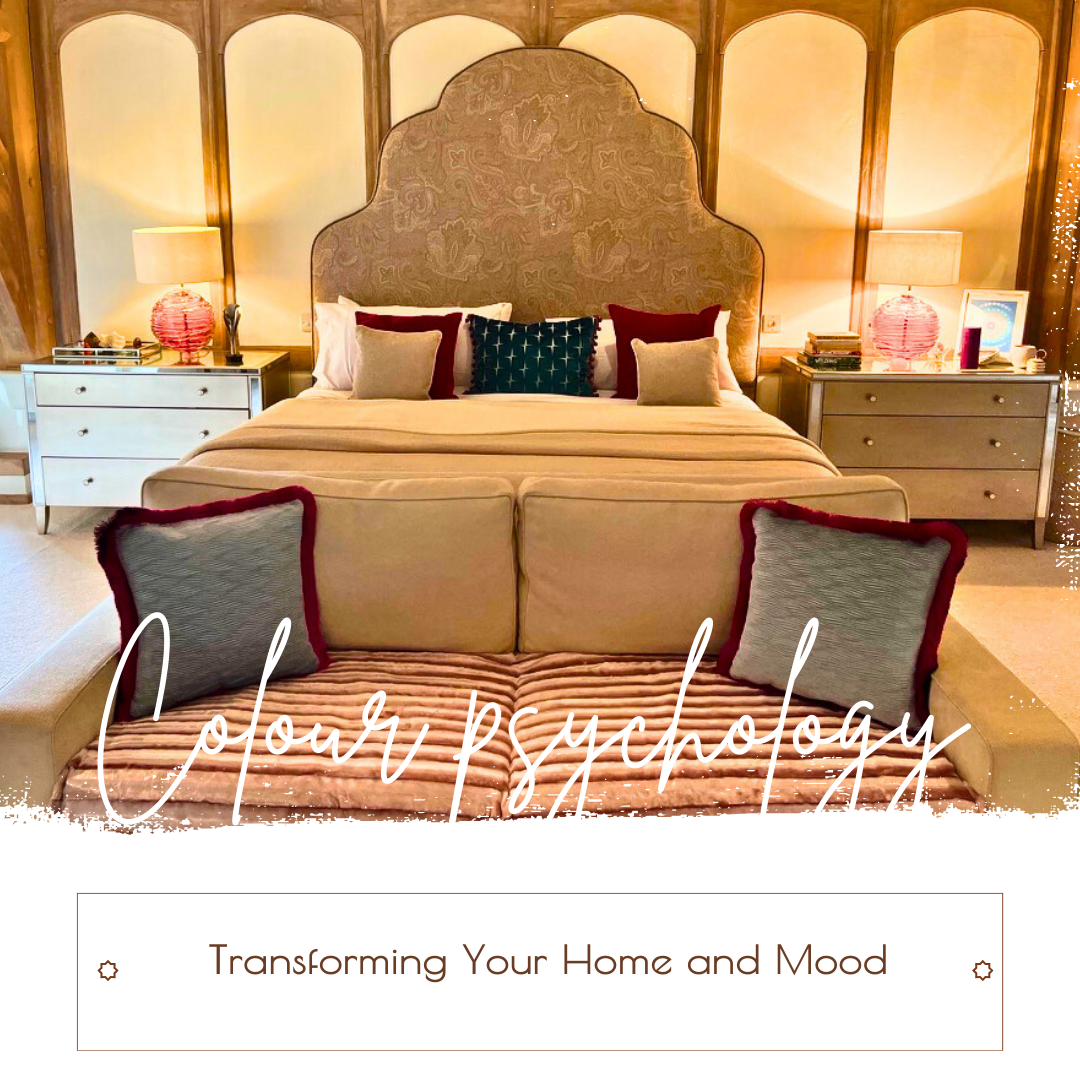
Colour has an incredible power to shape our emotions, behaviours, and even our well-being. When used thoughtfully in interior design, colour can transform a home into a sanctuary, a space for productivity, or a haven for connection. This is the essence of colour psychology—understanding how hues impact us and using them to create spaces that align with our needs and desires.
The Power of Colour in Your Home
From the calming blues of a coastal retreat to the energising yellows of a sunny kitchen, the colours we choose for our interiors are far from superficial. Each shade carries a psychological impact, subtly influencing how we feel and interact with our surroundings. The right colour palette can make a room feel more spacious, cosy, or dynamic, depending on your goals.
Choosing the Right Colours for Your Space
1. Blue: The Colour of Calm
Perfect for bedrooms or bathrooms, blue is known for its tranquil and soothing qualities. It can lower blood pressure, reduce stress, and promote restful sleep. Pair soft blues with neutral accents to create a serene escape.
2. Yellow & Orange: Energising and Uplifting
Yellow is the colour of optimism and energy, making it ideal for kitchens, dining rooms, or any space where people gather. However, it’s best used sparingly, as too much can feel overwhelming. Consider a burnt orange feature wall or sunny accents in cushions and curtains.
3. Green: Balancing and Rejuvenating
Evoking the tranquillity of nature, green is a versatile choice for living spaces or home offices. It promotes balance, renewal, and focus. Deep forest greens work beautifully in heritage properties, while lighter shades can brighten smaller spaces.
4. Neutral Tones: Timeless and Sophisticated
Neutrals like beige, taupe, and grey provide a perfect backdrop for showcasing architectural features in period properties. They create a sense of calm and allow other design elements to shine. Layering different textures and tones can keep the look warm and inviting.
Case Study: The Transformative Power of Colour
One of my recent projects involved a heritage property in Sussex where the client wanted to create a calm yet sophisticated master bedroom suite. We opted for a a natural palette to complement the wooden beams, adding pops of magenta and turquoise in the soft furnishings to give a boost. The result was a space that not only respected the home’s period charm but also fostered a luxurious look that also made a statement.
Tips for Getting Started
If you’re unsure where to begin, here are some tips to guide you:
Start with a mood: Think about how you want to feel in the space. Is it calm, energised, or cosy?
Consider lighting: Natural and artificial lighting can dramatically alter how a colour appears, so always test swatches in your space.
Layer your palette: Combine main colours with complementary hues and textures for depth and interest.
Seek professional advice: A designer experienced in colour psychology can help you select shades that work harmoniously with your home’s architecture and your personal style.
Transform Your Home with Colour Psychology
Your home should be a reflection of your personality and a place where you feel at your best. By understanding the psychology of colour, you can craft interiors that are not only beautiful but also deeply supportive of your well-being.
If you’re ready to explore how colour can transform your home, I’d love to help. Book a consultation with me today and take the first step towards a space that truly supports your lifestyle.


